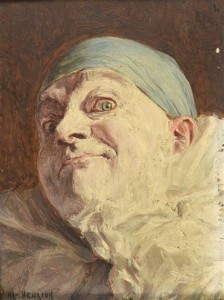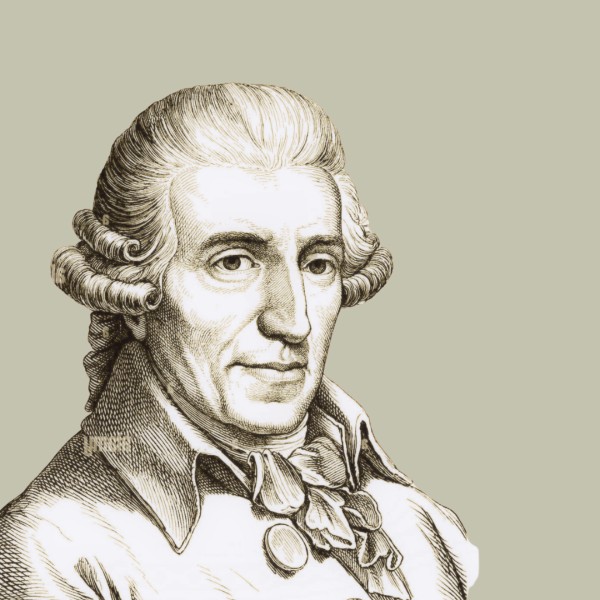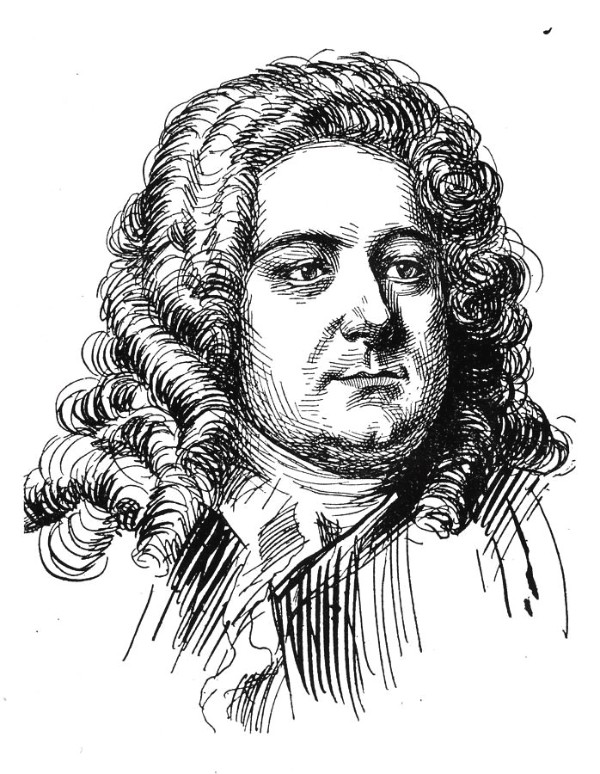
© ichef.bbci.co.uk
It’s been a part of music for centuries. The Renaissance English composer Robert Johnson set a song in Ben Jonson’s masque for Prince Henry, Oberon the Fairy Prince, where the Silenus addresses the moon as he and his fellow satyrs ‘fall into an antic dance full of gesture and swift motion.’
Johnson: Now My Cunning Lady, Moon (Paul Agnew, tenor; Joseph Cornwell, tenor; Simon Davies, baritone; Andrew King, tenor; Musicians of the Globe; Philip Pickett, cond.)

Ingio Jones: Sketch for the masque ‘Oberon the Fairy Prince’, held in 1611 at Whitehall Palace
Palestrina: Deh, or foss’io col vago della luna (Concerto Italiano; Rinaldo Alessandrini, cond.)
In a light mode, Johannes Brahms sets a text by Franz Kugler, has the setting of the moon hanging over a mountain, while in the garden, serenaded by 3 students, the ‘loveliest of women’ whispers ‘Forget me not!.’ to her lover.
Brahms: 5 Lieder, Op. 106: No. 1. Ständchen: Der Mond steht über dem Berge (Clara Mouriz, mezzo-soprano; Joseph Middleton, piano)

Armand Henrion: Pierrot lunaire
Bellini: Vaga luna che inargenti (Luciano Pavarotti, tenor; Philharmonia Orchestra; Pierino Gamba, cond.)
The moon isn’t always a beneficent overseer of love, sometimes, it drives people crazy, as in Schoenberg’s Pierrot Lunaire (Moonstruck Pierrot or Pierrot in the Moonlight). In this section, Pierrot, dressed in his best clothes, find a white spot on the back of his coat. He scrubs and scrubs, his evening ruined, but it won’t come off – because it’s a ‘white fleck of bright moon.’
Schoenberg: Pierrot Lunaire: Part III: No. 18. The Moonspot (Christine Schäfer, narrator; Ensemble InterContemporain; Pierre Boulez, cond.)
The great Italian song composer, Francesco Tosti, took on Riccardo Mazzola’s song to the moon and made it a quintessential summer piece.
Bellini: Luna d’estate (Luciano Pavarotti, tenor; Bologna Teatro Comunale Orchestra ; Richard Bonynge, cond.)
George Crumb, setting the text of Federico García Lorca, saw the moon quite differently. The moon is dead… but is resurrected in the spring…
Crumb: Night of the Four Moons: I. La luna esta muerta, muerta (Dawn Upshaw, soprano; Susan Rotholz, piccolo, alto flute; Eric Bartlett, electric cello; David Starobin, banjo; James Baker, percussion)
Moon
June
Spoon
Croon
Those are the silly rhymes. The moon stands above all that.
Paterson, Robert: Moon Trio: III. Blue Moon (Claremont Trio)
To commemorate the moon landing on 20 July 1969.


